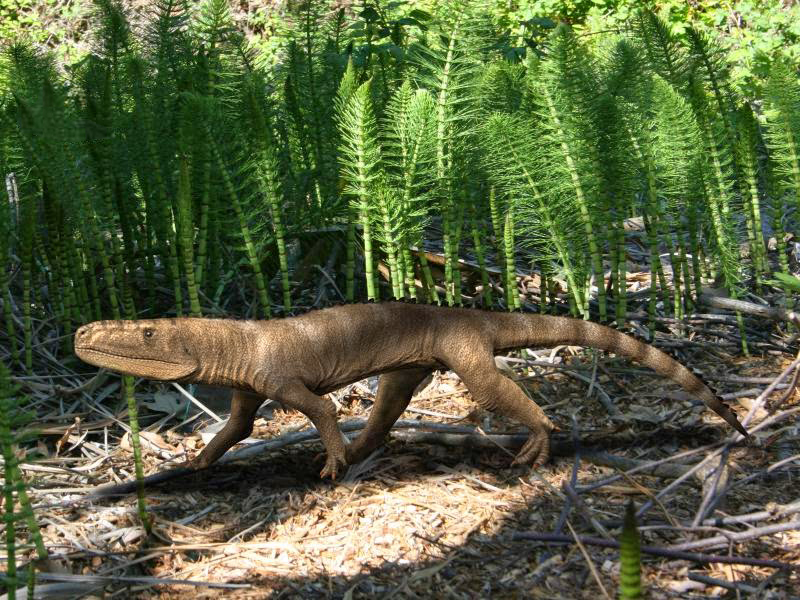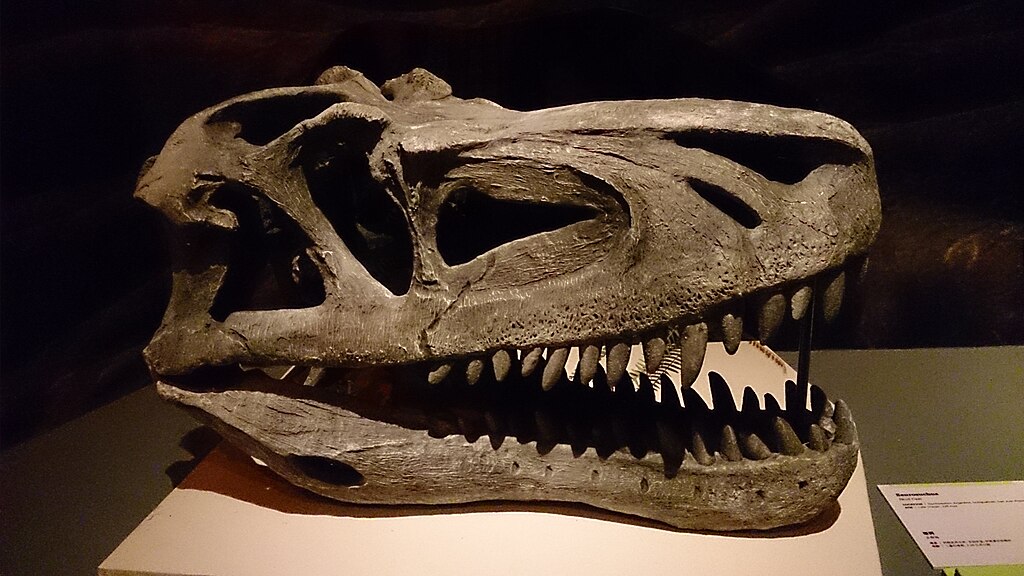When we hear the word “dinosaur,” many of us immediately picture massive, roaring creatures with razor-sharp teeth and thunderous footsteps that shook the ground. Popular culture, from movies like Jurassic Park to children’s books, has reinforced this image of dinosaurs as uniformly gigantic and frightening. However, paleontological evidence tells a far more nuanced and fascinating story. Dinosaurs were incredibly diverse creatures that came in a remarkable range of sizes, shapes, and behavioral adaptations. From tiny feathered creatures no larger than chickens to gentle plant-eaters with complex social structures, the true world of dinosaurs was far more varied than our common stereotypes suggest. Let’s explore why dinosaurs weren’t all the enormous, terrifying monsters we often imagine them to be.
The Vast Size Spectrum of Dinosaurs
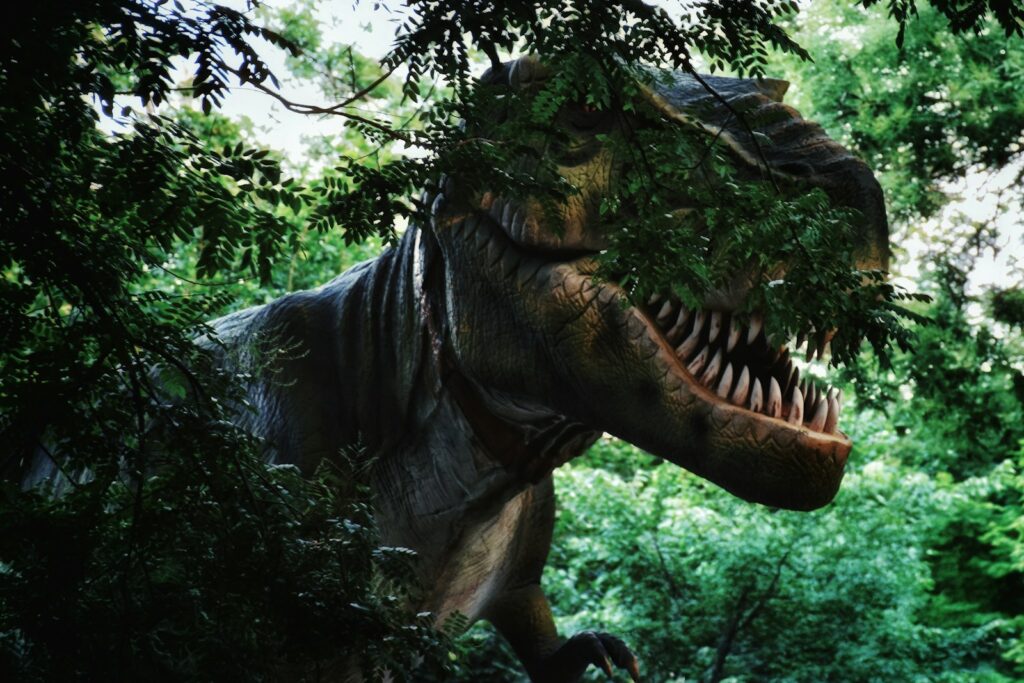
While Tyrannosaurus rex and Brachiosaurus certainly represent the larger end of the dinosaur size spectrum, many dinosaur species were actually quite small. Microraptor, for instance, was a crow-sized dinosaur weighing only a few pounds, with four feathered wings that likely allowed it to glide between trees. Compsognathus, another small theropod, was roughly the size of a turkey and would have stood no taller than a modern house cat. Even Velociraptor, made famous (and drastically enlarged) by Jurassic Park, was actually only about the size of a large turkey, standing approximately 1.6 feet tall at the hip. These smaller dinosaurs were no less successful than their larger relatives, flourishing for millions of years in their ecological niches and demonstrating that being small had its evolutionary advantages.
The Smallest Known Dinosaurs
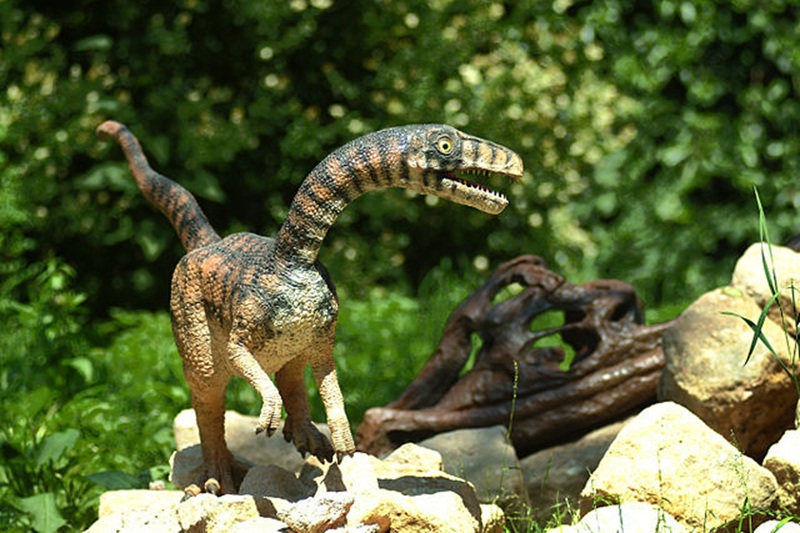
Some dinosaurs were astonishingly tiny by dinosaur standards. Anchiornis, a feathered dinosaur from the Late Jurassic period of China, measured just 8-14 inches in length and likely weighed less than a pound. Parvicursor, whose name literally means “small runner,” was a small theropod dinosaur with a body length of only about 39 centimeters. Epidexipteryx, another diminutive dinosaur, weighed just 164 grams – less than a can of soda. These smallest members of the dinosaur family would hardly have registered as threats to humans had we coexisted with them. Rather than inspiring terror, these miniature dinosaurs might have appeared rather endearing, perhaps even reminiscent of unusual birds to modern human observers.
Herbivores: The Gentle Giants

Many of the largest dinosaurs were actually peaceful plant-eaters with no interest in hunting or attacking other animals. Sauropods like Diplodocus and Apatosaurus evolved their massive size as a defense against predators and to efficiently process large amounts of vegetation, not to become more effective hunters. Their long necks allowed them to reach high vegetation, while their large digestive systems helped them extract nutrients from fibrous plant material. Studies of their teeth and jaw structures reveal wear patterns consistent with stripping leaves from branches rather than tearing flesh. Despite their intimidating size, these dinosaurs were more like enormous cows than aggressive monsters, peacefully browsing on treetops and likely traveling in family groups for protection.
Feathered Friends: The Bird-Like Dinosaurs
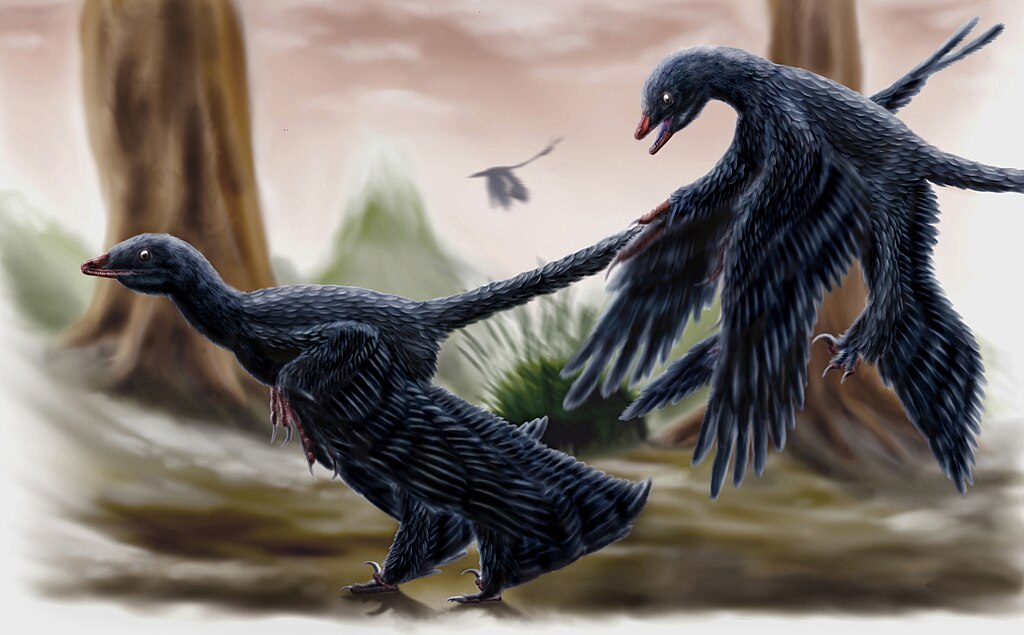
One of the most revolutionary discoveries in modern paleontology is the prevalence of feathers among dinosaurs, particularly among the theropods. Microraptor, Sinornithosaurus, and even juvenile Tyrannosaurus rex likely sported feathery coverings that would have made them appear more fluffy than fearsome. These feathers served various functions beyond flight, including insulation, display, and camouflage. Sinosauropteryx, for instance, was a small carnivorous dinosaur with a fluffy coat of primitive feathers that gave it a soft, downy appearance. The remarkably well-preserved fossils of Anchiornis reveal complex feather patterns with black and white coloration that would have made it look more like an exotic bird than a terrifying predator. These discoveries have fundamentally changed our understanding of dinosaur appearance, revealing many species that would have looked more cute than scary.
Dinosaur Parenting and Social Behavior
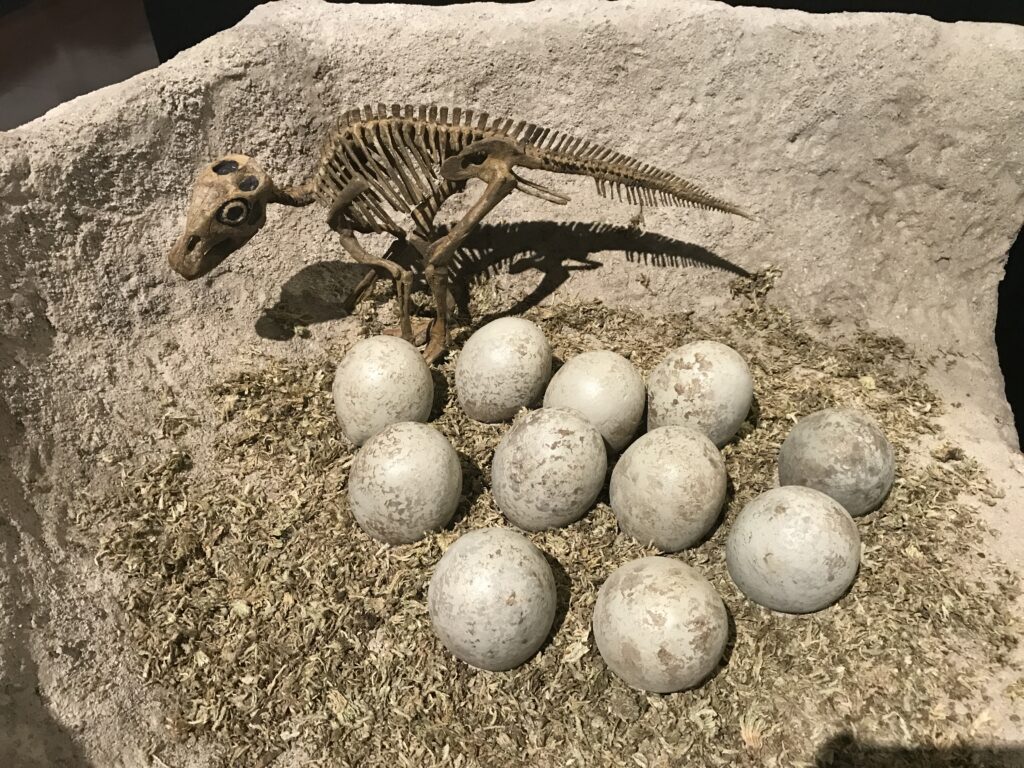
Far from being mindless killing machines, many dinosaurs displayed complex social behaviors, including sophisticated parenting strategies. Fossil nests of Maiasaura (whose name means “good mother lizard”) show evidence that these duck-billed dinosaurs cared for their young in the nest until they were strong enough to join the herd. Oviraptor fossils have been found brooding on nests just as modern birds do, suggesting warm-blooded physiology and dedicated parental care. Trackway evidence suggests that many herbivorous dinosaurs traveled in herds with young protected in the center, displaying social structures similar to modern elephants. Even some predatory dinosaurs like Deinonychus may have hunted in coordinated packs, suggesting intelligence and complex communication rather than mindless aggression. These social behaviors paint a picture of dinosaurs as sophisticated animals with rich behavioral repertoires beyond simple predator-prey dynamics.
The Age of Dinosaur Diversity

Dinosaurs ruled the Earth for approximately 165 million years, an extraordinarily long period that allowed for tremendous evolutionary diversification. This vast timespan – far longer than the 300,000 years that modern humans have existed – gave rise to over 1,000 non-avian dinosaur species that we’ve discovered so far, with new species being found regularly. From the Triassic through the Cretaceous periods, dinosaurs evolved to fill virtually every terrestrial ecological niche, from tiny insectivores to massive filter-feeders. The Cretaceous period alone saw incredible diversity, with species like the bizarre, pot-bellied herbivore Therizinosaurus with its massive claws used for pulling down branches, and Deinocheirus with its duck-like bill and hump-backed appearance. This extreme diversity means that generalizing about dinosaurs as a group is about as meaningful as generalizing about all mammals today – the variation was simply too great.
Bizarre Adaptations Beyond Size

Dinosaurs evolved some truly peculiar adaptations that had nothing to do with being large or frightening. Parasaurolophus sported a hollow, tube-like crest that may have functioned as a resonating chamber for producing distinctive calls. Protoceratops had a frill that was likely used for display rather than defense. Spinosaurus had a sail-like structure on its back that might have regulated body temperature or served as a display feature to attract mates. Stegosaurus had plates along its back and a spiked tail called a thagomizer, both unusual defensive adaptations rather than offensive weapons. These strange features demonstrate that dinosaur evolution followed many paths beyond simply increasing size or predatory capability, creating creatures that would seem alien and fascinating rather than just terrifying if we could observe them today.
The Evolutionary Purpose of Gigantism
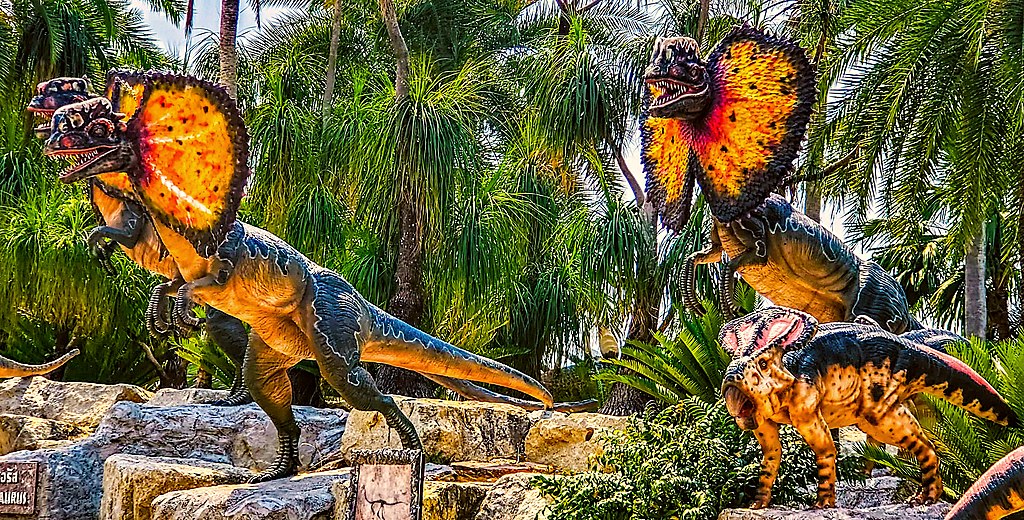
While some dinosaurs did evolve to massive sizes, this adaptation served specific evolutionary purposes beyond intimidation. For sauropods, large size was primarily a defense against predation – once an adult sauropod reached its full size, even the largest predators would think twice before attacking. Large size also allowed for more efficient digestion of plant material through longer gut retention times and bigger digestive chambers. For large predators like Tyrannosaurus rex, size provided advantages in taking down the massive herbivores that constituted their prey. The evolution of gigantism was made possible by several factors, including high atmospheric oxygen levels, year-round warm temperatures, and the lightweight but strong bone structure unique to dinosaurs. Rather than evolving size as a terrifying trait, dinosaurs grew large as a response to specific environmental pressures and opportunities.
Dinosaurs Versus Modern Predators
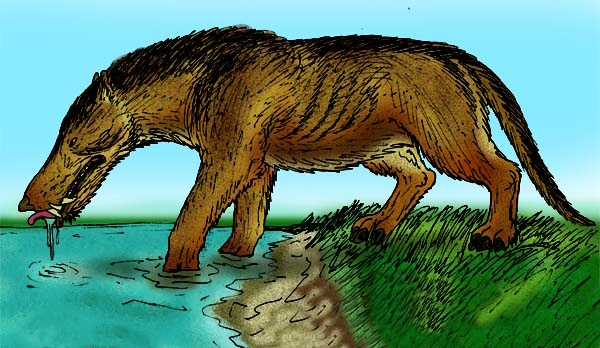
When comparing dinosaur predators to modern carnivores, many dinosaurs appear less specialized for pure aggression than today’s top predators. A velociraptor’s bite force was likely weaker than that of a modern wolf, with the dinosaur relying more on slashing attacks from its curved claws. Even Tyrannosaurus rex, despite its powerful bite, had relatively small arms and likely couldn’t run particularly fast, suggesting it wasn’t the relentless pursuit predator often depicted in films. In contrast, modern big cats have evolved incredibly precise killing techniques, with specialized teeth for slicing through flesh and powerful forelimbs for grappling prey. Modern wolves can chase prey for miles at high speeds, showing endurance that few dinosaur predators could match. Many dinosaur predators were likely opportunistic hunters and scavengers rather than the terrifying killing machines of popular imagination.
Misconceptions Created by Popular Media

Much of our cultural image of dinosaurs has been shaped by films, books, and other media that prioritize drama over scientific accuracy. Jurassic Park, while groundbreaking in some of its depictions, significantly exaggerated the size of Velociraptor and gave it abilities beyond what the fossil record suggests. Many children’s books continue to depict all dinosaurs as living simultaneously, despite the fact that Tyrannosaurus rex and Stegosaurus were separated by more time than T. rex is from humans. Museum displays have historically favored the largest, most impressive specimens, inadvertently reinforcing the idea that all dinosaurs were gigantic. Early paleontological illustrations often depicted dinosaurs as slow, lumbering beasts, a view now recognized as inaccurate but which contributed to the “monster” image. These media distortions have collectively created a public perception of dinosaurs that emphasizes their most frightening aspects while minimizing their diversity and complexity.
Dinosaurs in Their Ecological Context

Understanding dinosaurs requires placing them in their proper ecological context rather than viewing them as isolated monsters. Many dinosaurs were mesopredators – middle-sized hunters like today’s coyotes or foxes – that both hunted smaller animals and were hunted by larger predators. Others were specialized for particular diets, like Pegomastax, a small herbivore with a parrot-like beak perfect for cracking nuts and seeds. Ecological niches similar to today’s insectivores, scavengers, and even filter-feeders were all filled by different dinosaur species. The dinosaur ecosystem was a complex web of interactions, not simply a collection of giant predators. Some dinosaurs likely played roles as ecosystem engineers, with large herbivores creating clearings in forests that benefited other species, much as elephants do today. This ecological perspective reveals dinosaurs as integral parts of balanced ecosystems rather than anomalous super-predators.
Living Dinosaurs: Birds as Modern Dinosaurs

Perhaps the most compelling evidence that dinosaurs weren’t all terrifying monsters is the fact that modern birds are literally living dinosaurs, having evolved from small theropod ancestors. The chicken pecking in a farmyard, the robin in your garden, and the eagle soaring overhead are all technically avian dinosaurs that survived the mass extinction event 66 million years ago. Modern birds retain numerous dinosaurian features, from their scale-covered feet to their lightweight, hollow bones and nesting behaviors. The transition from non-avian dinosaurs to birds was so gradual that drawing a definitive line between the two groups has become increasingly difficult for paleontologists. The fact that the most successful dinosaur lineage alive today consists of relatively small, often beautiful creatures that inspire more delight than fear demonstrates conclusively that the dinosaur family was never defined by size or terror.
Conclusion

The popular image of dinosaurs as uniformly massive and terrifying creatures fails to capture the remarkable diversity and complexity of this extraordinary group of animals. From tiny feathered creatures weighing less than a pound to gentle giants that peacefully browsed on treetops, dinosaurs evolved to fill countless ecological niches over their 165-million-year reign. Many were no more frightening than modern birds – their direct descendants – while others displayed complex social behaviors, parental care, and bizarre adaptations that had nothing to do with being scary. By looking beyond the Hollywood stereotypes and museum highlights, we can appreciate dinosaurs for what they truly were: an incredibly successful and diverse group of animals that dominated terrestrial ecosystems for far longer than mammals have. Their story is not simply one of teeth and claws, but of evolutionary innovation, ecological adaptation, and the endless creativity of natural selection.

